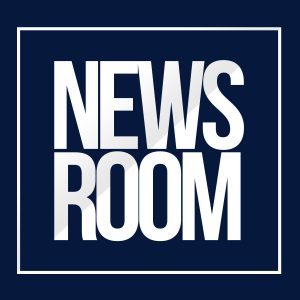According to Guyana’s Ambassador to the United States Samuel Hinds, the country’s decades-old bauxite industry will be around for years to come as other developments in other sectors take shape.
Despite a consistent decline in production, the former Prime Minister is adamant that the bauxite industry will continue to develop as the country’s nascent oil and gas sector takes shape. Hinds, who hails from Linden – home to the country’s largest bauxite operations – said he sees a bright future for the industry.
He was a guest on the weekly programme- Guyana Dialogue- on Friday when he made the remarks after being asked to comment on the success of the industry under the governing People’s Progressive Party Civic (PPP/C).
“I think the main thing is that we want to look to the future.
“I think the operations that BOSAI is doing now look good for ten years, in fact, they just added another kiln called Sina making a refractory calcined bauxite which is different from the metallurgical use for Alumina and metal,” Hinds, a former worker within the bauxite industry, said when he was asked about the future of the industry.

The recent decline in bauxite production is linked to the unprecedented floods that affected Guyana during the May-June rains in 2021.
The disaster saw thousands of homes and farmlands being destroyed, while a number of mining operations were completely submerged, or, in some cases, washed away.
But despite the destruction, bauxite production is expected to recover in 2022, with a projected growth of 25.4 per cent.
The former Prime Minister believes that Guyana’s bauxite industry has thrived because of the investments made by the PPP/C. However, he noted that the deposit here would not have thrived in a developed country. Hinds reminded that bauxite was once the main natural resource being exported from Guyana.
Deeming bauxite mining fit for further development and possibly a major revitalisation, he noted that the cost of operating was higher than market prices.
Although there were concerns about this, Hinds said the industry received support from the PPP/C administration. More importantly, Hinds said this was done to provide employment for the people of Guyana.

“Maybe Omai was an operation to provide employment to Guyanese at maybe twice the average rate at which Guyanese were being paid in Guyana at that time.
“You can look at it that way, that it was an opportunity to provide employment to Guyanese people at about twice the rate that they would’ve been employed in other places in Guyana at the time,” Hinds said.
“The Omai deposit, if it were in another country it would not have been developed, it would have been left right there,” he added.
Further, Hinds explained that the PPP/C was adamant to ensure the industry thrived that it made arrangements to ensure persons within the mining industry were given formal classes. This was to make them computer literate while offering other technical skills training to ensure bauxite workers remained employed as activities were being scaled down.
Recently, President Irfaan Ali told regional leaders that despite challenges Guyana’s bauxite industry is poised to make a notable comeback because of substantial amounts of minerals yet to be extracted.
The country’s estimated bauxite reserves, alone, are worth close to US$1 billion.







